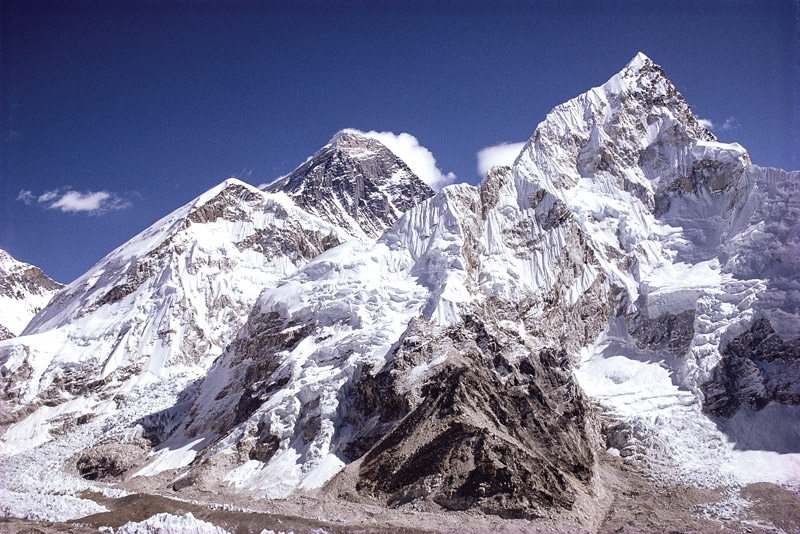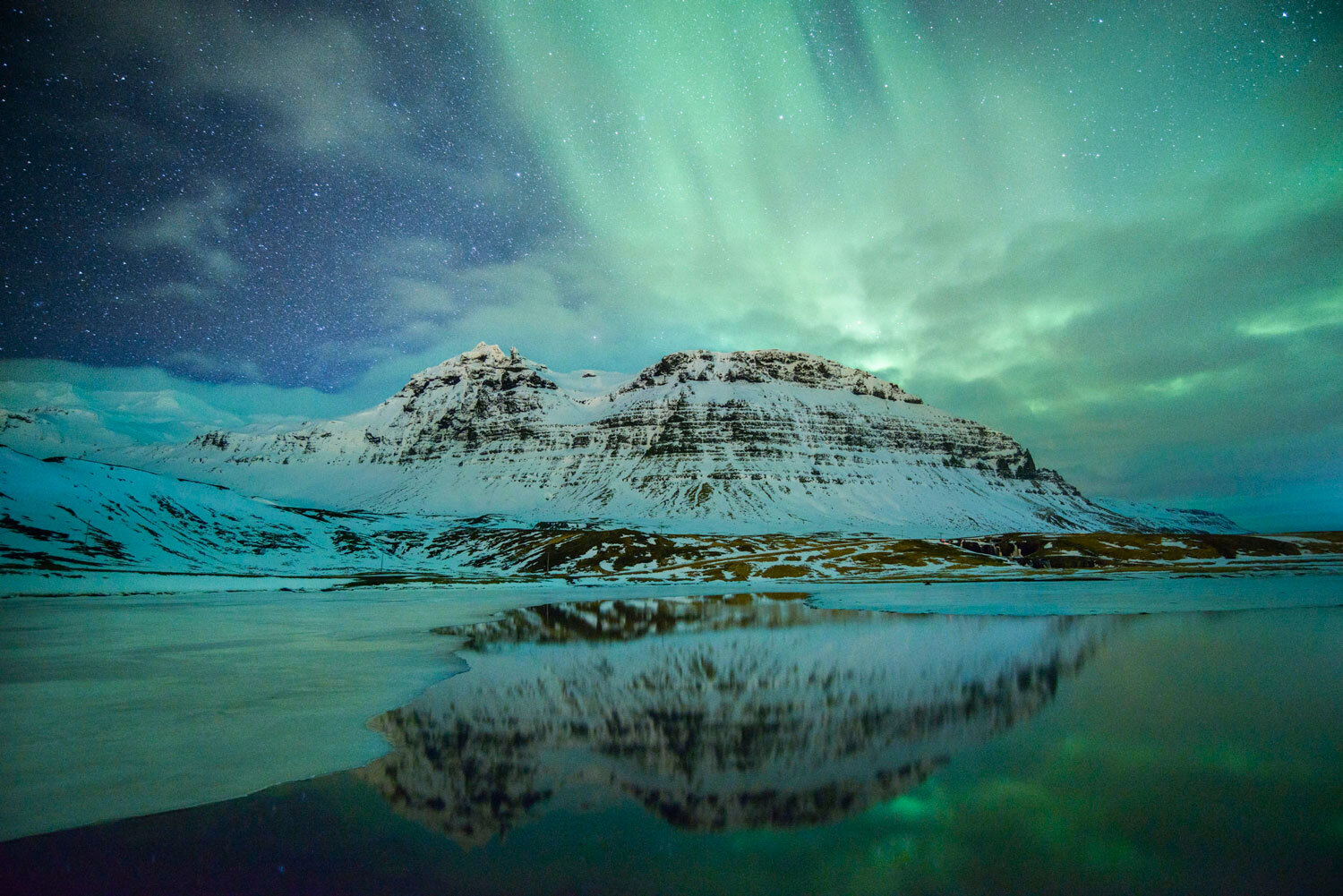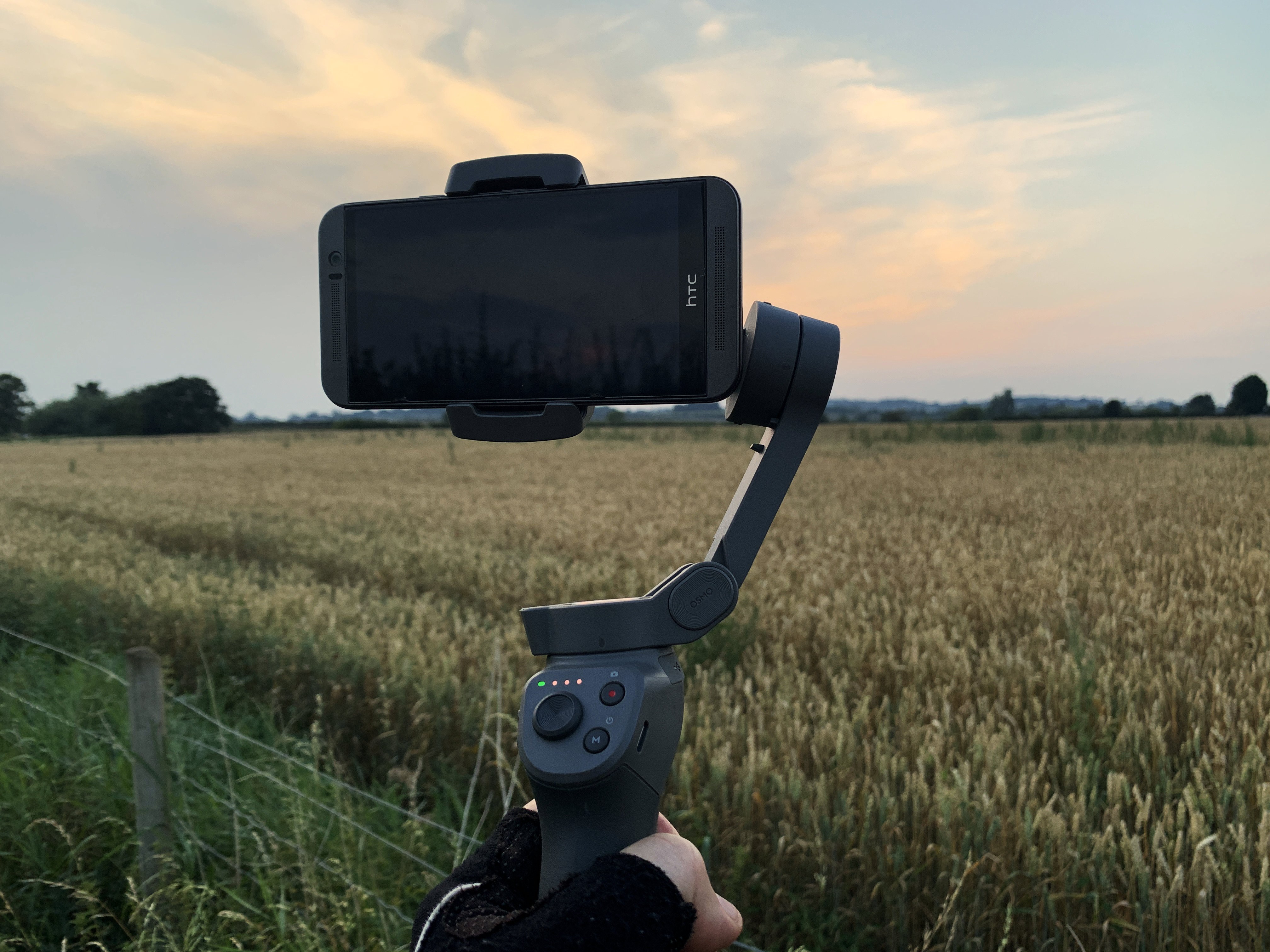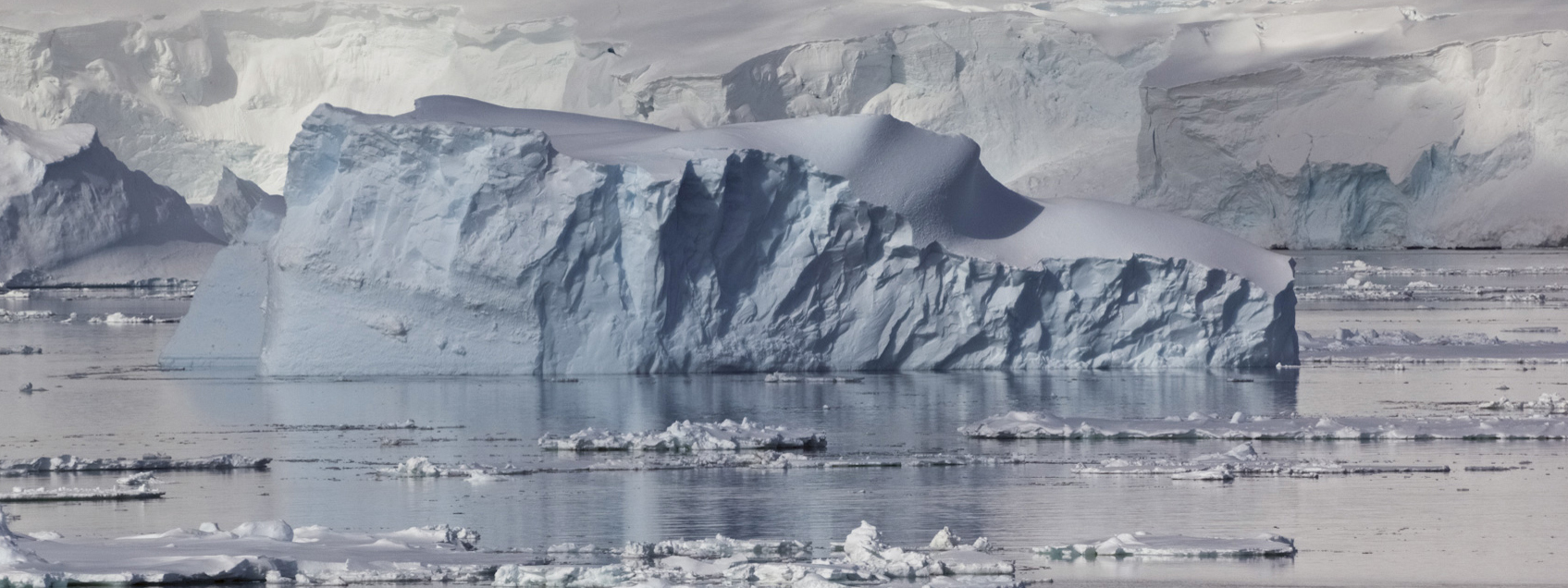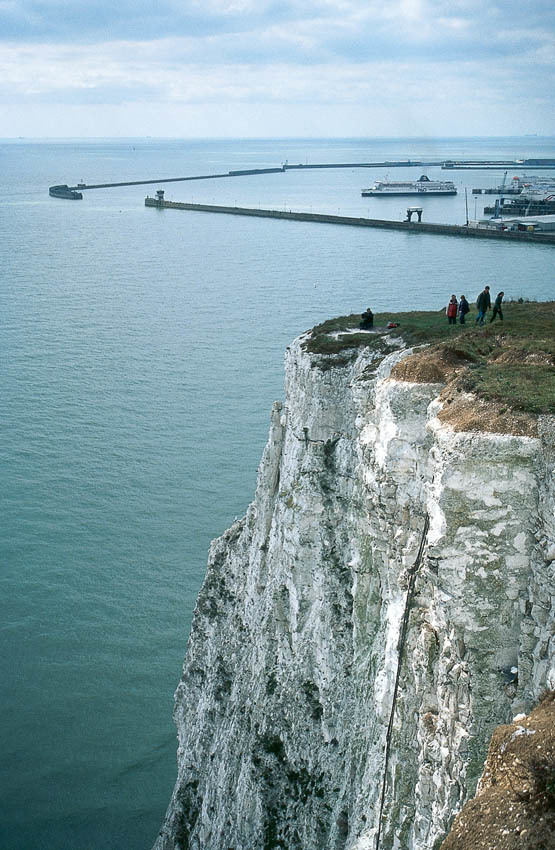How to take photos you'll want to keep
Kev Reynolds, author of many Cicerone guidebooks, talks through some of his top tips for taking photos that you'll want to keep.
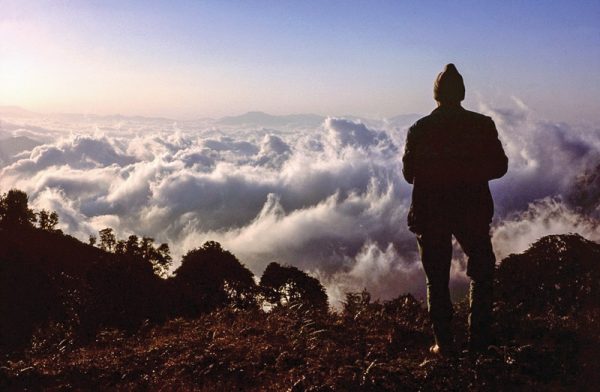
Photos - important but not the only record of a trip
A trek through any exotic landscape should be rewarding on many levels, and although this article focuses on creating a photographic record of your journey, I’m at pains to suggest that while the visual element of the trek is crucial, the contribution of your other senses is also important. Having recorded radio programmes in wild mountain regions, and taken a blind friend on a 24-day trek across the Himalaya, it is true that sound, scent, taste and touch – if used with equal sensitivity as sight – can heighten the whole outdoor adventure and lead to a greater, truly unforgettable experience.
But a proper visual record can stimulate all those other senses and evoke memories of that very special time and place in years to come. Hence this article.
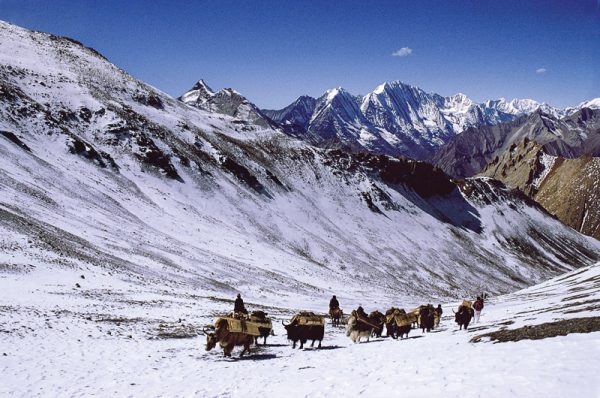
Know your camera
No matter where you trek, you’ll capture the most rewarding images if you are completely familiar with your camera equipment – if you know its strengths and weaknesses; what you can get away with, and what you can’t. A camera is a tool that has limited functions. Know what those limitations are, and work within them. And the most effective way to gain familiarity with it is to use your camera as often as possible, in all conditions and in a variety of locations.
The same goes for film - if, that is, you still use film and have not yet converted to digital. Not all makes of film or film speeds have the same quality, but if you take photos on a fairly regular basis, you should know what you are happy with and what is appropriate for the end use – are your photographs to be kept in an album for your own enjoyment, for publication, or perhaps for an audio-visual presentation? If you want to experiment with a different make of film or camera equipment, experiment at home, long before your trek. Don’t waste opportunity or experience once you’re in Trekland.
For subject matter, almost anything could be worth recording on trek, from landscapes to buildings; from local people at work to your fellow trekkers on the trail; from wildlife to flowers, trees and crops; and from unusual signs to lichens on rocks, waterfalls and pools; or even meals served during your time away from home. All or any of these subjects will help create a visual record to savour or to share with others.
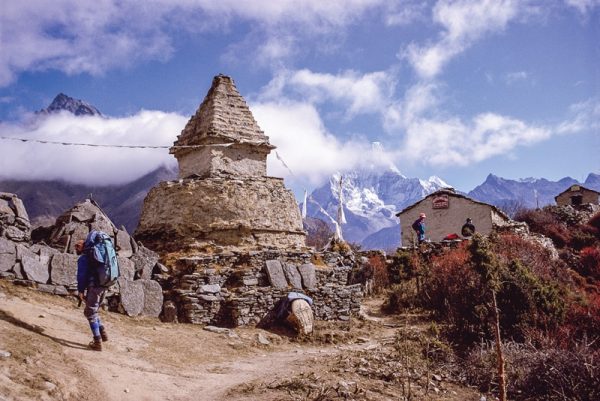
Photographing people
When photographing people, avoid compromising situations which, though perhaps funny (to you) at the time, may cause embarrassment or resentment on the part of your subject. And when aiming your camera at local people, be discreet, ask their permission first, and respect their right to say no. Consider how you would feel if a stranger appeared with a large lens aimed at your grandmother. Or at you. Don’t play the paparazzi – give locals time to get used to your presence, make friends with them and you will be rewarded by the opportunity to gather some fine portraits.
My own favourite images of local people were taken in a variety of foreign locations, but always when the subjects were completely relaxed. The best is of an old man in Syabru, in the Langtang Himal of Nepal. Preparations for a Buddhist ceremony were being made, and I spent a whole morning sitting with a group of villagers who were making clay images.
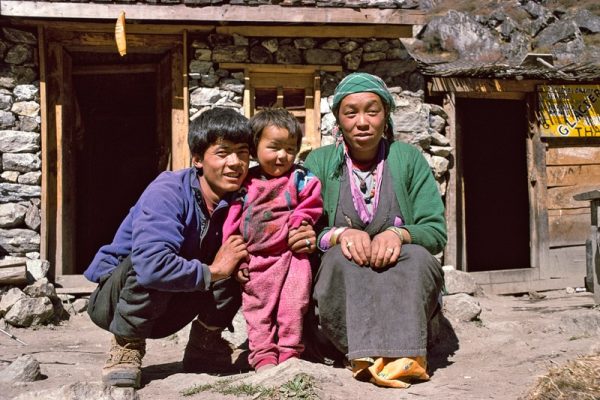
They gave permission for me to photograph the modelling process, and after I’d shot half a film, they were completely relaxed and took no more notice of the camera. It was then that the best portraits were taken. During this time all my other senses were at play, so that as I write these words I can hear the chanting of prayers, and the rise and fall of strange voices in easy conversation; I can smell the aromatic fragrance of juniper smoke mingled with the earthy tang of wet clay; can taste the ginger tea given me by a girl with a snotty nose and enormous round eyes; and recall the smooth texture of the worn wooden bench upon which I sat. Moments like these will live forever.
The magic light: be in the right place at the right time
All landscape photographers will tell you that the best images are captured within the hour after dawn, and during the hour before sunset, so make a point of rising early to be ready for those magical light conditions, and be prepared with camera at the ready as dusk approaches when the day’s journey is over.
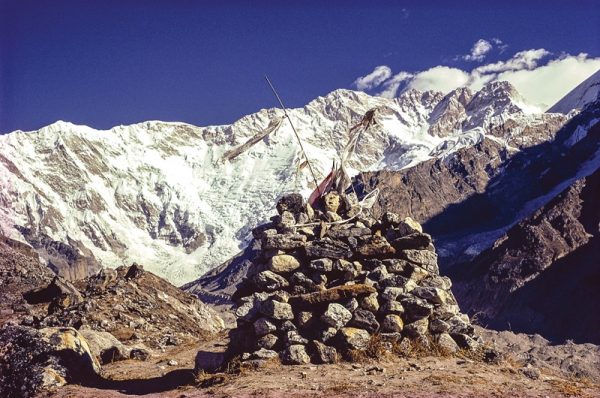
But truth be told, many fine situations are bound to arise throughout the day, when you will be rewarded by anticipating the moment when a drifting cloud will add a hint of movement to a scene, or its shadow draw attention to a particular aspect of the landscape. Anticipation is one of the keys to successful photography on the hoof.
And finally, remember the golden rule: be in the right place at the right time!
But: Enjoy yourself... even if the photos don't work out.
Whatever you do, keep photography in perspective. The most important outcome of a trek is your overall experience. If you gauge everything in terms of its photographic value, your time on trek will be wasted. Don’t let your camera throw all else into the shade.
For more help and advice on taking great photographs, whatever the activity, look at 'Outdoor Photography'.
The photos on this page are from Kev's wonderful book Abode of the Gods about his years of trekking in Nepal.
Abode of the Gods
Tales of Trekking in Nepal
£19.95
SALE
£15.96
An inspirational book capturing the wonders of trekking in Nepal, in eight vivid stories from Kev Reynolds' journals exploring the Himalaya. Landscape, people, sounds and smells come to life as they are encountered for the first time in the Everest, Annapurna, Langtang, Kangchenjunga, Manaslu, Dolpo, Mugu and the far west of Nepal.
More information